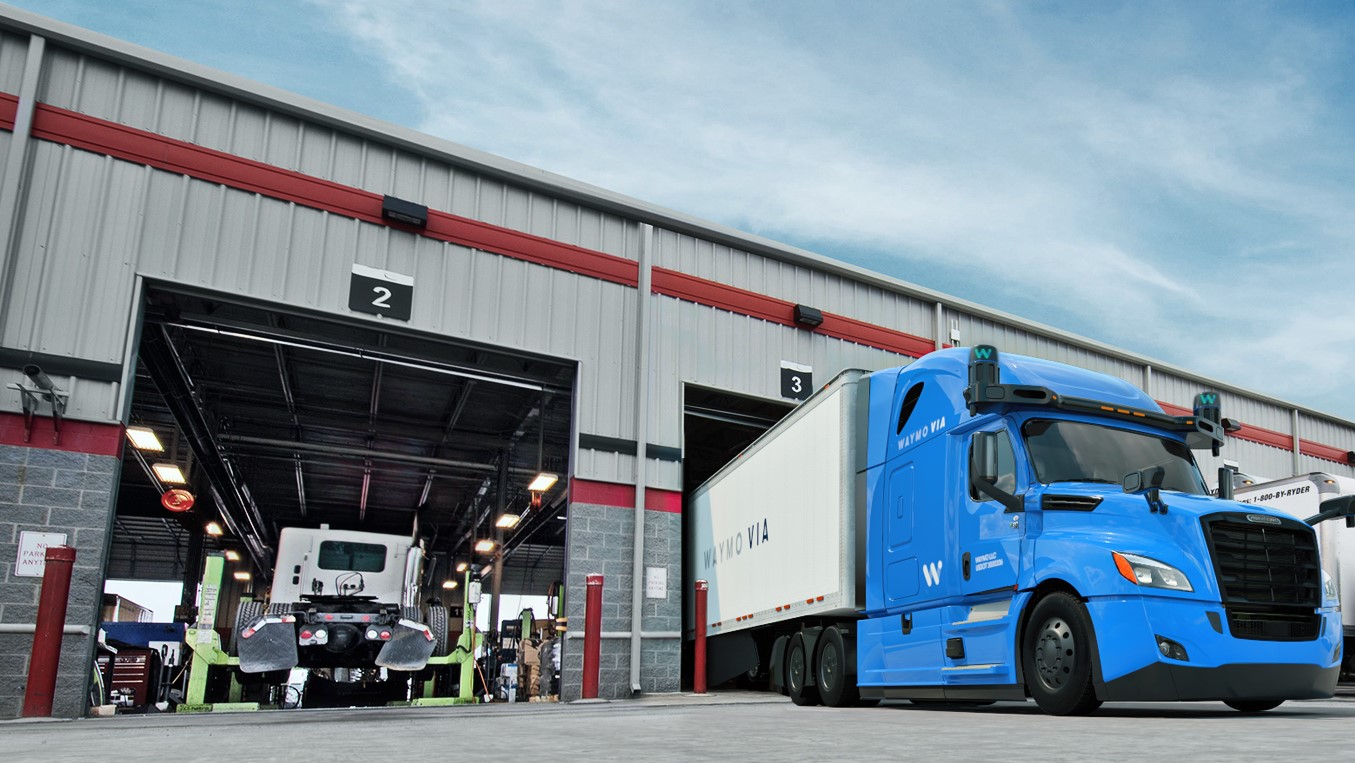diplomat33
Average guy who loves autonomous vehicles
Practically speaking, it would mean adding highway service. I don't see that for years.
First, you don't need highway driving to connect downtown Phoenix to Chandler.
Also, why would it take years to add highway driving? Waymo is already doing autonomous driving on highways in TX with their semi trucks now. And Waymo is doing autonomous driving on highways in CA in the I-Pace based on the CA DMV Report. So Waymo can clearly do highway driving. So, I don't see why it would take years to add highway driving. Waymo did remove highway driving from the Chandler ride-hailing because the 4thGen had some issues with taking on ramps. But I would imagine that issue is probably fixed by now with the 5th Gen, especially since we know the semi-trucks with 5th Gen are handling highway driving with no issues. If it is not fixed yet, it would certainly not take years to fix.




